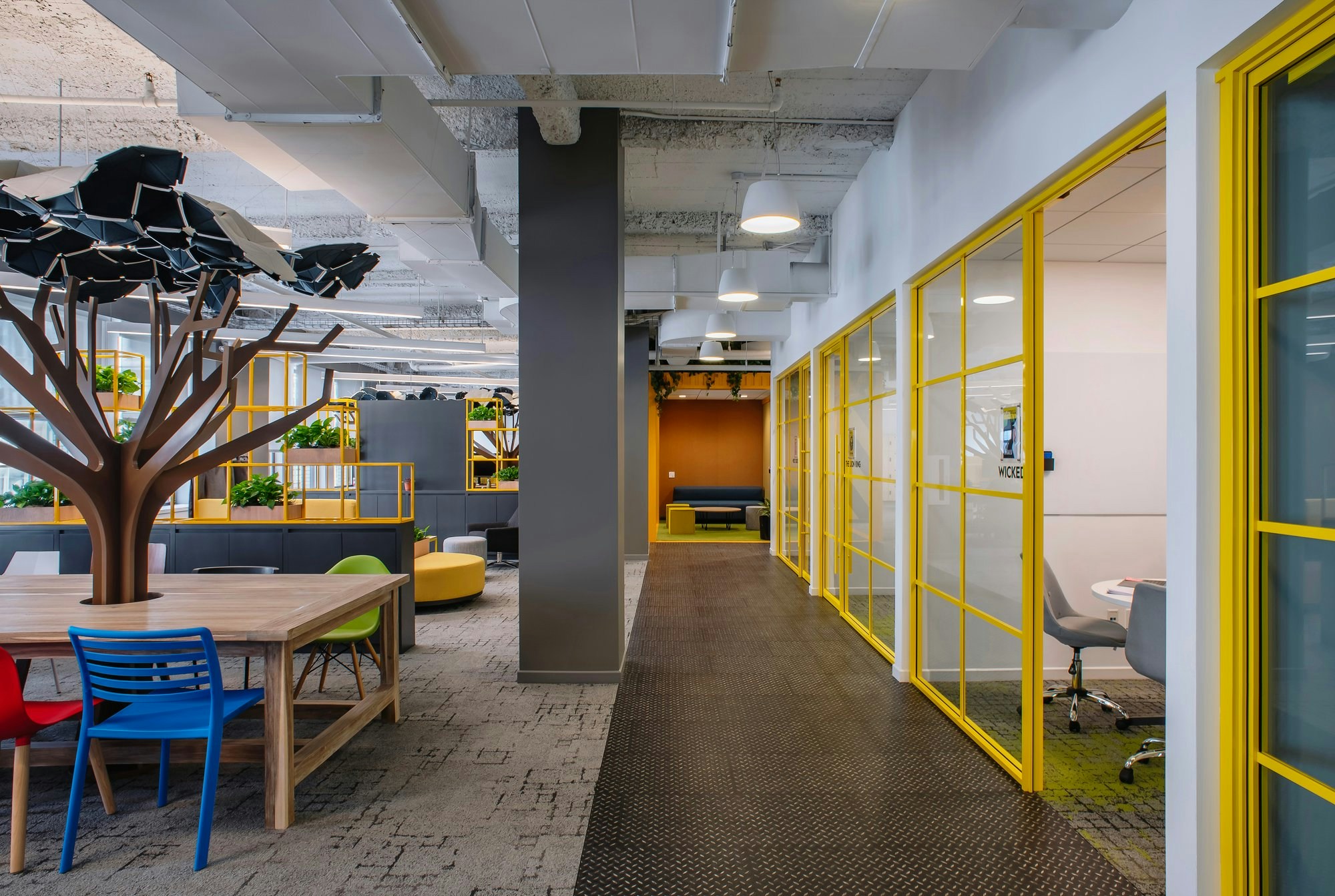Finding out what people think about things is the hardest task I know. I once knew a guy who was the acknowledged leader in the field of high-volume surveys. He would, for example, work for TV companies setting up surveys that would ask tens of thousands of people their opinion on certain shows, or apps or websites, and he had a big sign in his office that read….
People Lie on Surveys
This is true. It is not deliberate, but more that their answers are contextualised by their current situation. The answer we all crave to any question, is the unfiltered, subconscious reaction, but we will never get it because, when faced with a question, we all play a little game of consequences in our head before we answer. Particularly when it is about work…
Question: Do you prefer working from the office or from home?
Reaction: Is this really confidential? Can they identify me? What is it they want to hear? What happens if I am in the minority? Will I get side-lined? Is this just window dressing to help close the office? I like doing both, so how do I answer?
Answer: Office (because it felt the safer option.)
Result: An office was built to house 80% of the population (in line with the survey answers) and only 20% of the population turned up.
This is quite an overblown example, but it makes the point. To understand what people really think, you are going to have to put in a lot of work, gather a load of data from many different sources and analyse it very carefully. Unfortunately, all too often, the tendency is to rely on home-made surveys, built on commercial online tools and emailed to the entire office population. The result is a huge spreadsheet with a large amount of data from a multi-choice survey with, if one is lucky, a selection of “free text” comments to help contextualise the answers. It is when you compare the comments to the matching answers you realise how disconnected the sentiment of the responder can be from their multi-choice answer.
Some more enlightened companies will try and use focus groups, but they have their problems too.
There is a recognised effect called “Risky Shift” which is the tendency of group members to decide on a more extreme course of action than would be suggested by the average of their individual judgments. This means you can take a group of employees from broadly across the company, who should represent the average sentiment of the overall workforce, give them a colour palette to choose something from for the new cafeteria, and they will choose the Shocking Pink with Green Dots. I exaggerate a touch, but the principle is sound.
Not long ago this was a part of the office design process that was considered a “nice to have”, only if there was enough budget and time. Now, with our growingly complex world of work, I would suggest it is a “must-have”. No one can afford to commit large amounts of money to a workplace design based on the biased answers to a poorly written survey.
So, when a company is preparing for a new direction of office design and wants the opinion of the workforce, unfortunately, the last thing you should really do is just ask them. It pays to bring in outside help. Specialists, who know how to construct a meaningful survey, who will use techniques that de-personalise the questions and pose them more abstractly, allowing the employee to answer without second guessing themselves. Specialists can also analyse and present the data to the company leadership in a way that makes sense.
This is rarely a skillset found in-house. Time to build it into the office design process.
